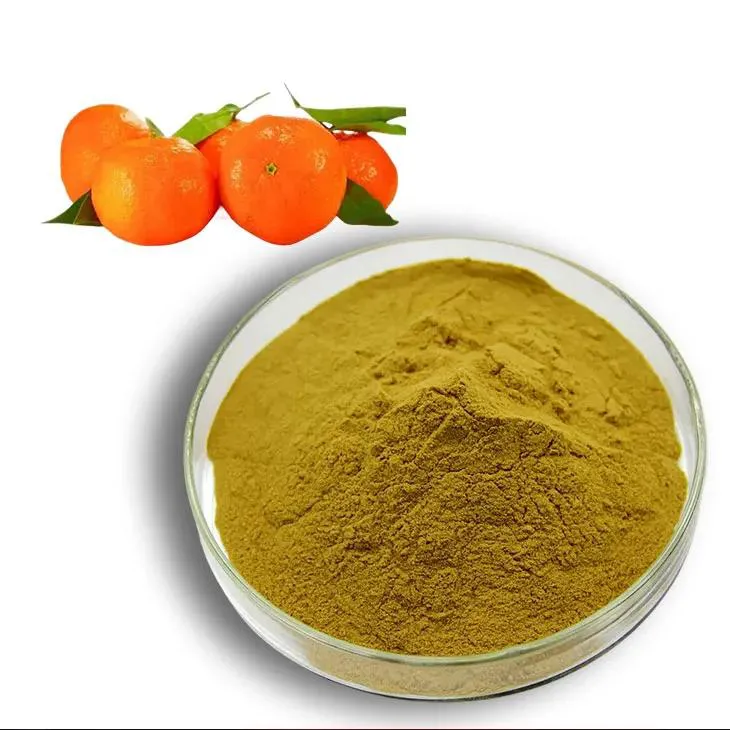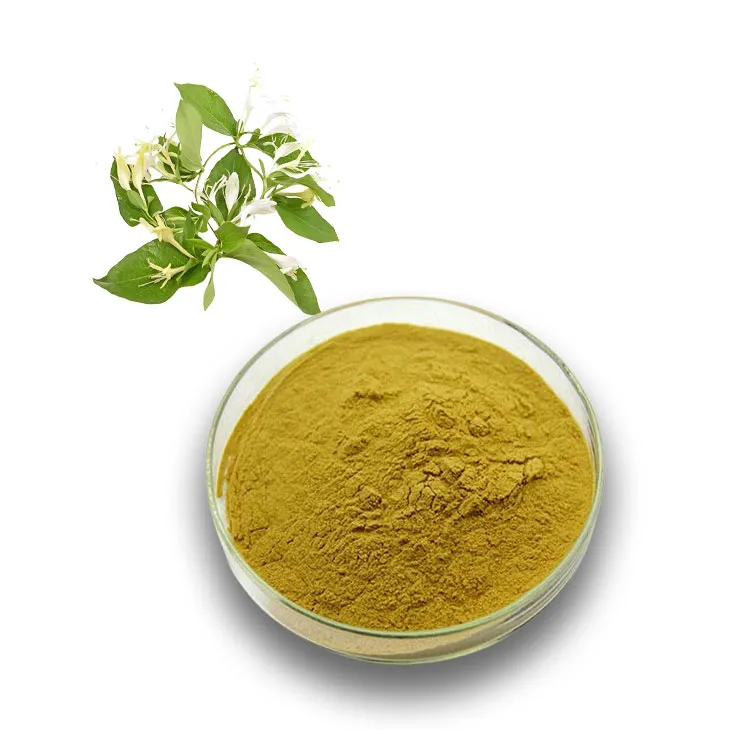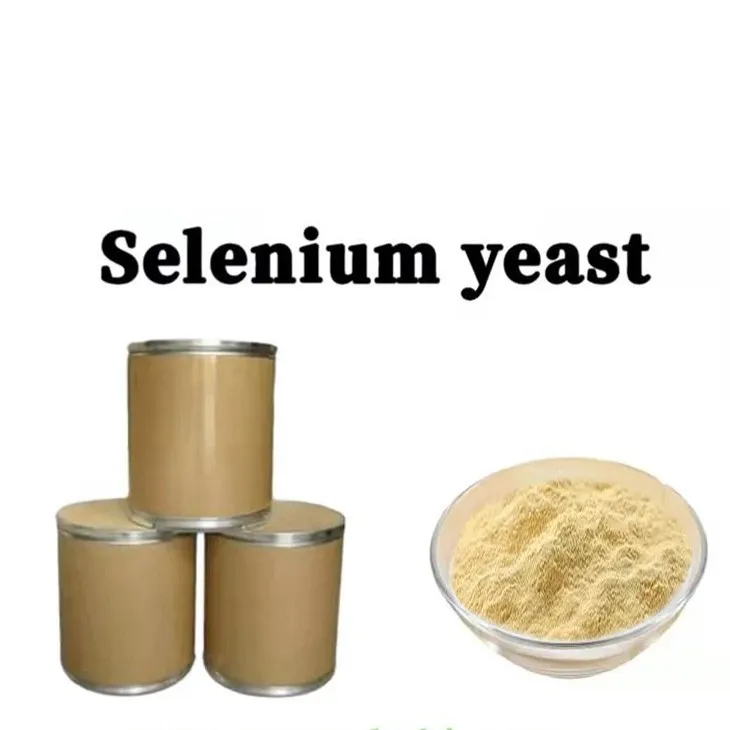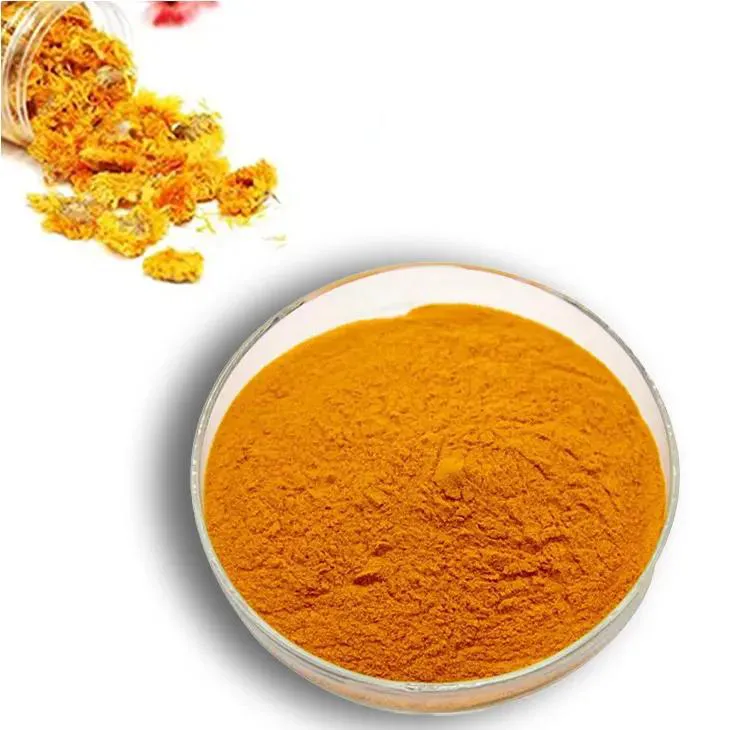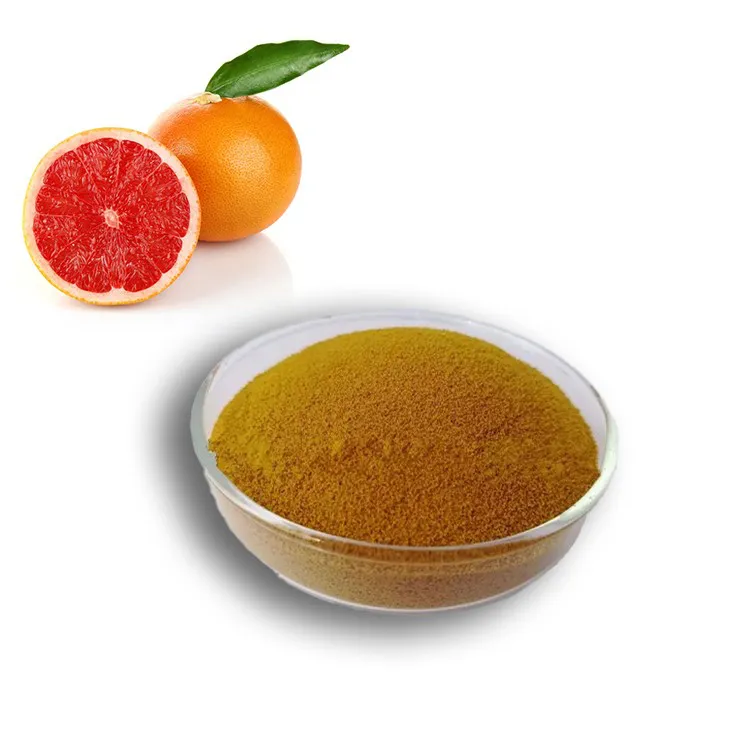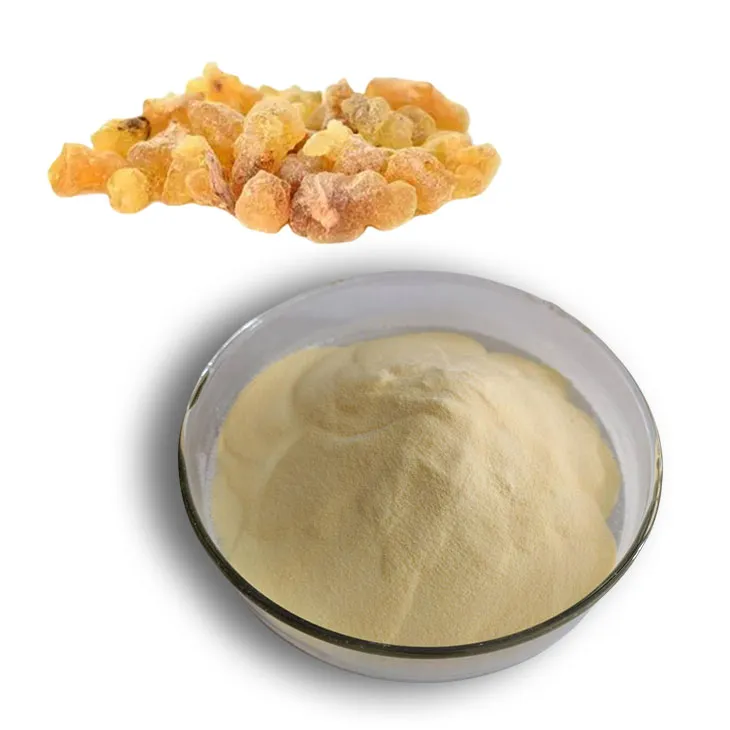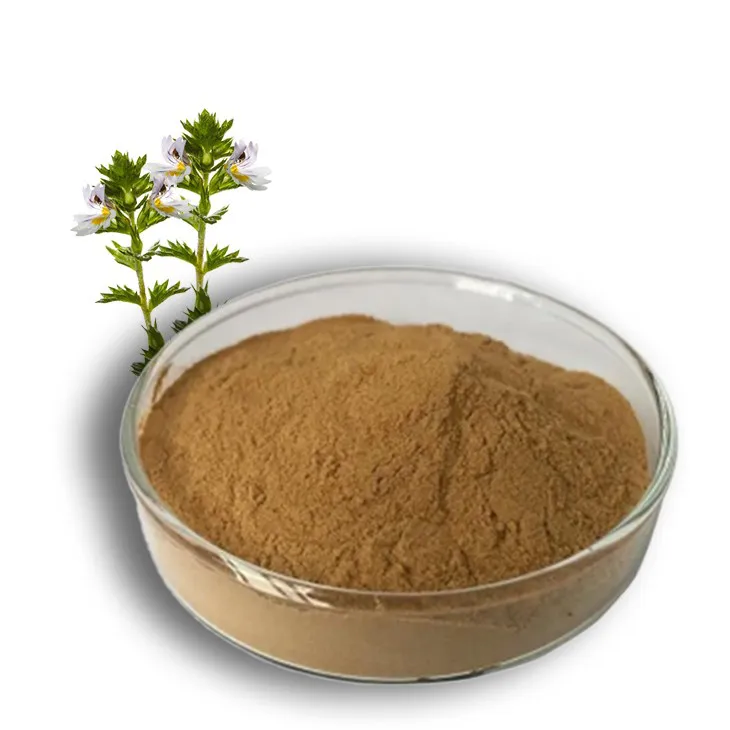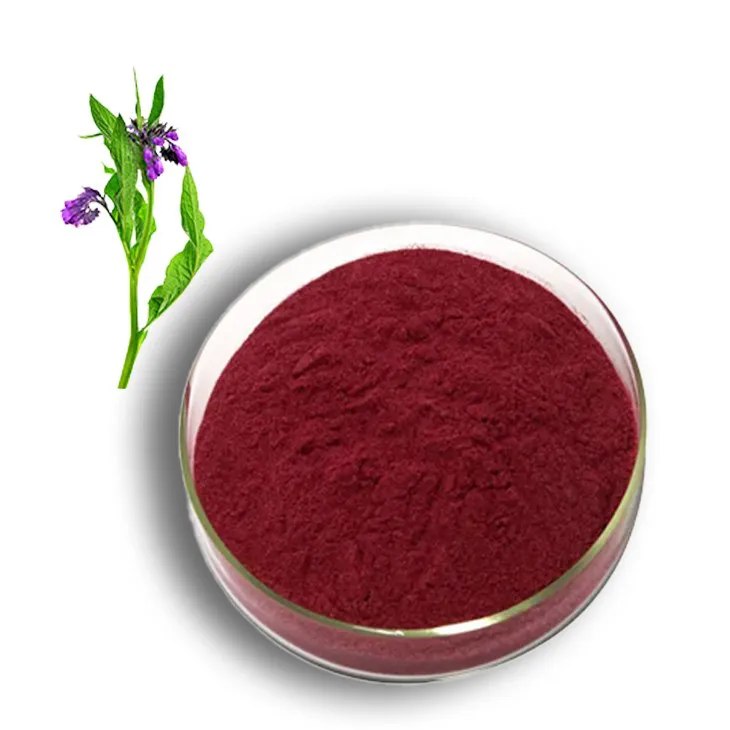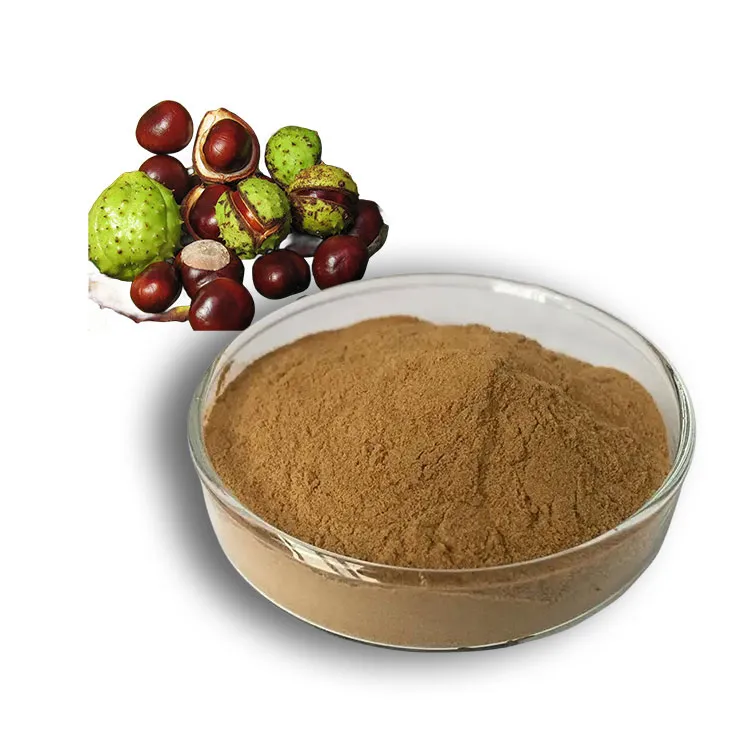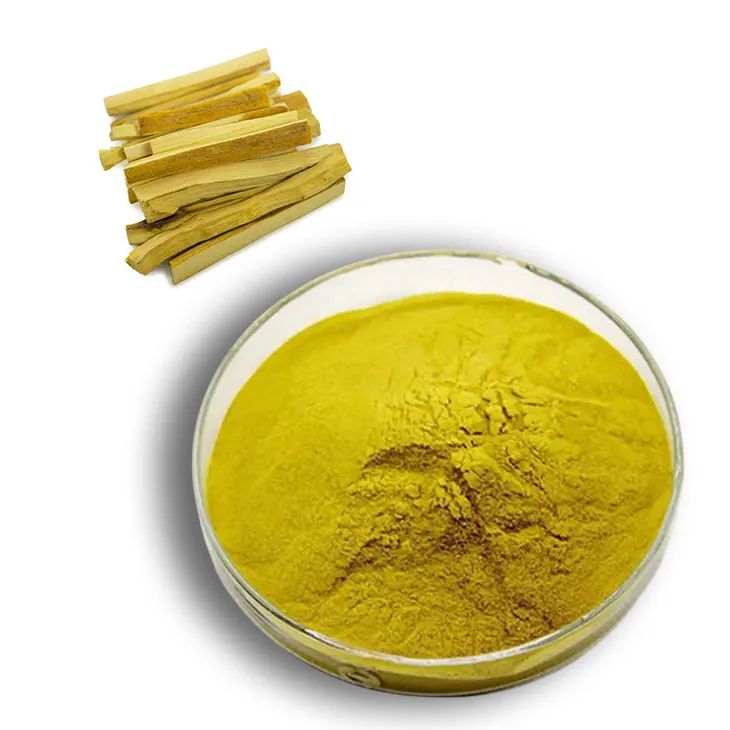- 0086-571-85302990
- sales@greenskybio.com
How to cure vaginal atrophy?
2025-08-16
Vaginal atrophy, or atrophic vaginitis, is a common condition experienced by many women, particularly those who are post-menopausal. Characterized by thinning, drying, and inflammation of the vaginal walls due to decreased estrogen levels, vaginal atrophy can significantly affect quality of life by causing discomfort, dyspareunia (painful intercourse), itching, burning, and urinary symptoms. Despite its prevalence, many women feel hesitant to discuss this issue or pursue treatment options. This article offers a comprehensive overview of effective management and treatment strategies for vaginal atrophy.
Understanding Vaginal Atrophy
Vaginal atrophy occurs predominantly due to decreased estrogen levels, often related to menopause. Estrogen is crucial for maintaining the elasticity, thickness, and lubrication of vaginal tissues. When estrogen decreases, these tissues become thinner, less elastic, and more prone to irritation and infection. While menopause is a common precipitating factor, vaginal atrophy may also occur in women who have undergone surgical menopause, breast cancer treatments, or other medical interventions affecting hormonal balance.
Common Symptoms
1. Vaginal dryness
2. Itching or burning sensations
3. Painful intercourse
4. Urinary frequency or urgency
5. Recurrent urinary tract infections
Initial Diagnosis and Evaluation
Diagnosis of vaginal atrophy typically involves a thorough medical history review, pelvic examination, and symptom assessment. In some cases, further testing may be required to rule out infections or other underlying conditions. Discussing symptoms openly with healthcare providers is crucial to determine the most appropriate treatment plan.
Lifestyle and Non-Pharmacological Management
1. Lubricants and Moisturizers
Water-based or silicone-based personal lubricants and vaginal moisturizers provide temporary relief by reducing dryness and discomfort during intercourse. Over-the-counter options are widely available and should be used regularly for consistent symptom management. Long-lasting moisturizers are designed to be applied several times a week as part of a maintenance routine.
2. Diet and Hydration
Increasing hydration and consuming a balanced diet rich in omega-3 fatty acids, vitamin E, and phytoestrogens may support overall vaginal health. Foods such as flaxseeds, soy products, nuts, and fish provide essential nutrients that contribute to improved tissue elasticity and moisture.
3. Regular Sexual Activity or Vaginal Stimulation
Engaging in regular sexual activity, with or without a partner, supports blood flow to the vaginal area and helps maintain tissue elasticity. Vaginal stimulation, including the use of sex toys, enhances circulation and lubrication, mitigating some symptoms of atrophy.
4. Pelvic Floor Exercises
Kegel exercises strengthen pelvic floor muscles, improving urinary control and enhancing blood circulation to the vaginal region. Strong pelvic muscles can alleviate some symptoms and provide better support for surrounding tissues.
Medical Treatments and Interventions
1. Local Estrogen Therapy
Local estrogen therapy involves directly applying estrogen to the vaginal area in forms such as creams, tablets, or rings. This method is effective in restoring vaginal elasticity and moisture without significantly impacting systemic estrogen levels. Common local estrogen products include estradiol creams or low-dose estrogen rings, which are inserted into the vagina and gradually release hormones over time. Regular follow-ups with healthcare providers are necessary to monitor progress and adjust treatment as needed.
2. Systemic Hormone Replacement Therapy (HRT)
While local estrogen therapy focuses on the vagina, systemic HRT includes oral or transdermal estrogens which affect the entire body. This approach may be recommended for women experiencing severe or widespread menopausal symptoms. However, systemic HRT carries potential risks, including increased risk of blood clots, stroke, and certain cancers. Thorough discussion with healthcare providers is crucial when considering systemic HRT.
3. Selective Estrogen Receptor Modulators (SERMs)
SERMs are medications that mimic estrogen in certain tissues while blocking its effects in others. Ospemifene is an example that specifically targets vaginal tissues, improving atrophy symptoms and benefiting women who cannot undergo estrogen therapy. SERMs have different risk profiles compared to estrogen therapy and can be recommended based on individual health needs.
4. Laser Therapy
Laser vaginal rejuvenation, particularly fractional CO2 laser treatment, is an innovative procedure aimed at increasing collagen production, improving tissue thickness and elasticity. This treatment promotes natural lubrication without the use of hormones, appealing to those seeking non-pharmacological interventions. Laser treatments are administered by qualified professionals and may require multiple sessions for optimal results.
5. Vaginal DHEA
Prasterone, a vaginal DHEA insert, is an FDA-approved treatment shown to improve lubrication and relieve discomfort associated with vaginal atrophy. It functions similarly to local estrogen therapy but utilizes different mechanisms to impact hormone receptors in vaginal tissues.
6. Other Non-Hormonal Options
Products containing hyaluronic acid, herbal supplements like black cohosh, and probiotics contribute to maintaining vaginal health and addressing atrophic symptoms. However, scientific evidence on their effectiveness varies, and consultation with a healthcare provider is advisable before pursuing these treatments.
Patient Education and Support
Education is vital in managing vaginal atrophy effectively. Women should have access to comprehensive information about the condition and available treatment options to make informed decisions regarding their healthcare. Digital resources, support groups, and patient brochures can empower women, encouraging proactive management of their symptoms.
Communication between patients and healthcare providers is essential to address personal health concerns and tailor treatment plans to suit individual needs. Open dialogue about sexual health, potential risks, and mental well-being is a critical factor in achieving satisfactory outcomes.
Preventive Measures
While age and hormonal changes are natural contributors to vaginal atrophy, adopting preventive measures can be beneficial:
1. Regular Check-ups
Routine gynecological exams and discussions about any changes in symptoms enable early detection and intervention, potentially preventing severe atrophy.
2. Balanced Lifestyle
Maintaining a healthy, balanced lifestyle—including regular exercise, adequate sleep, and stress management—supports hormonal balance and immune health.
3. Avoiding Irritants
Douches, scented vaginal products, and certain hygiene sprays can exacerbate symptoms; switching to gentle cleansers aids in minimizing irritation.
Conclusion
Vaginal atrophy is a common but manageable condition with a variety of treatment options ranging from self-care practices to medical interventions. By understanding available treatments, addressing symptoms proactively, and seeking support, women can navigate vaginal atrophy effectively and improve their quality of life. Open communication with healthcare providers and individualized treatment plans are key to successful management of vaginal health, empowering women to reclaim comfort and confidence in their daily lives.
- ▶ Hesperidin
- ▶ citrus bioflavonoids
- ▶ plant extract
- ▶ lycopene
- ▶ Diosmin
- ▶ Grape seed extract
- ▶ Sea buckthorn Juice Powder
- ▶ Beetroot powder
- ▶ Hops Extract
- ▶ Artichoke Extract
- ▶ Reishi mushroom extract
- ▶ Astaxanthin
- ▶ Green Tea Extract
- ▶ Curcumin Extract
- ▶ Horse Chestnut Extract
- ▶ Other Problems
- ▶ Boswellia Serrata Extract
- ▶ Resveratrol Extract
- ▶ Marigold Extract
- ▶ Grape Leaf Extract
- ▶ blog3
- ▶ Aminolevulinic acid
- ▶ Cranberry Extract
- ▶ Red Yeast Rice
- ▶ Red Wine Extract
-
Citrus bioflavonoids
2025-08-16
-
Honeysuckle Pollen
2025-08-16
-
Selenium yeast
2025-08-16
-
Marigold Extract
2025-08-16
-
Grapefruit Seed Extract Powder
2025-08-16
-
Boswellia Serrata Extract
2025-08-16
-
Eyebright Extract
2025-08-16
-
Shikone Extract
2025-08-16
-
Horse Chestnut Extract
2025-08-16
-
Berberis aristata Extract
2025-08-16











